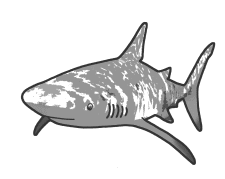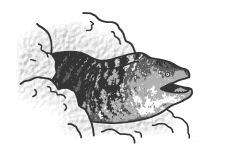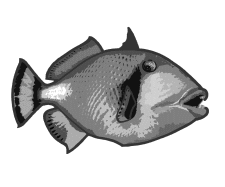 Aggressive Sea Life Aggressive Sea Life
Aggressive sea life use aggression as a defensive instinct. So if they are not provoked, risks are minimal.
|
|
■Barracuda
To some extent, juvenile barracuda prefer to school together, but upon reaching adulthood, hunt solely. The barracuda’s sharp teeth are dangerous.
|
 |
|
|
■Shark
Most sharks are stimulated by the smell of blood and splashing. If an aggressive shark appears, it is best to remain calm and still against the ocean bottom or reef. Panic and rapid movements will only provoke an aggressive shark.
|
 |
|
|
■Moray Eel
Eels turn up at holes in coral and rocks. If feeding an eel bait, there have been cases of the eel mistaking a finger for the bait. As well, teasing an eel can only lead to an unpleasant result.
|
 |
|
|
■Needlefish/Garfish
Needlefish have long mouths with sharp teeth, and stay near the water’s surface. Attracted to light, they have rushed divers during night dives. As a result, when night diving, you should not hold your light on the horizontal, but rather point it down below.
|
 |
|
|
■Triggerfish
Residing in warm climes, when spawning, triggerfish will repeatedly attack humans approaching their territory. Their teeth are conditioned to chewing coral for feeding, so they are very sharp indeed.
|
 |
|
|
|

